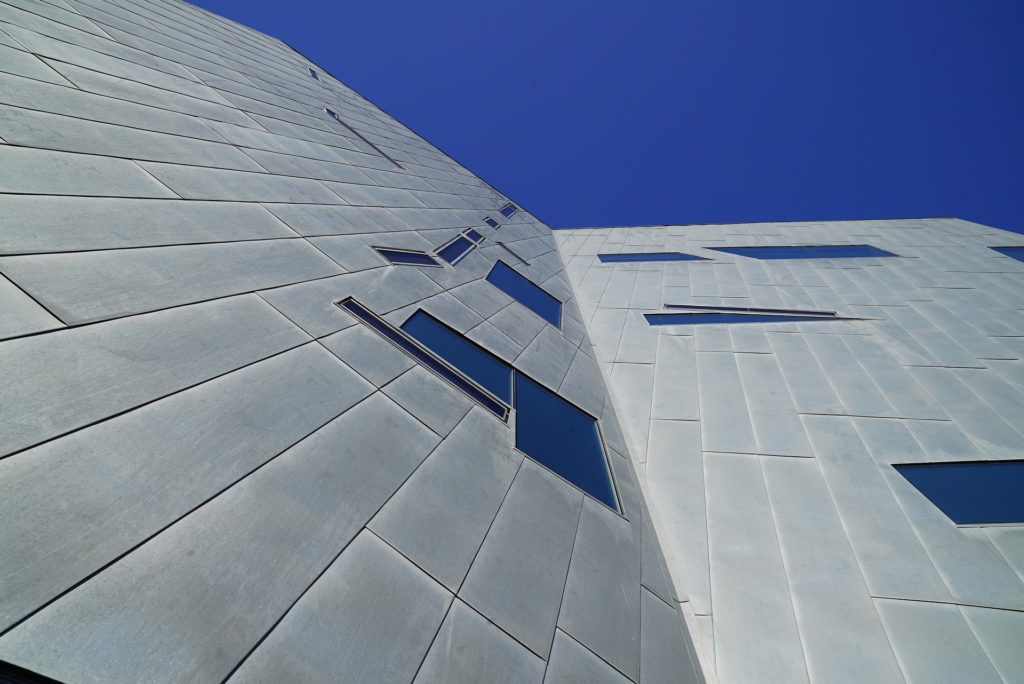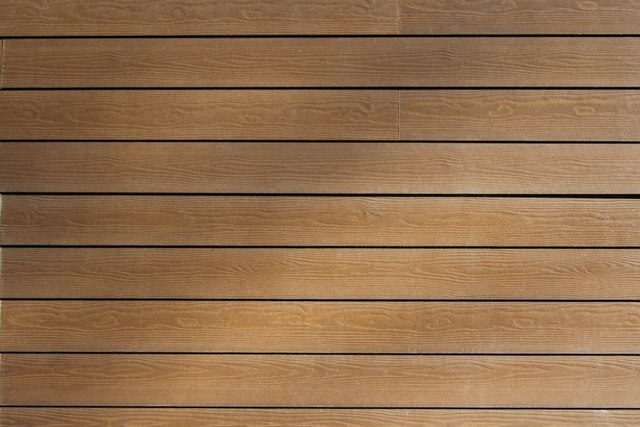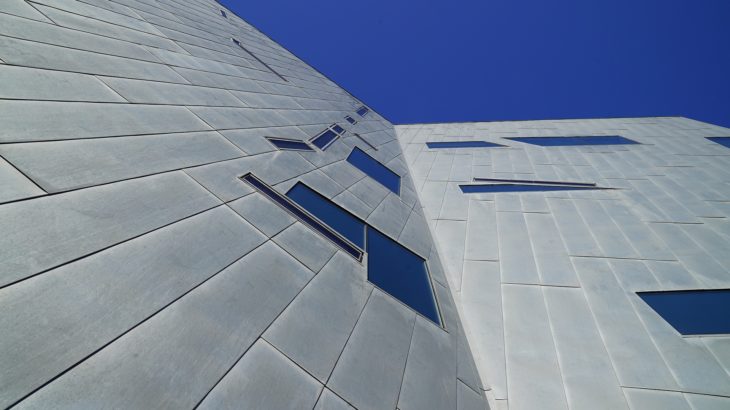
With climate change being an imminent threat to human existence, it is no wonder that more and more industries are trying to find solutions that are more environmentally friendly. To deliver sustainability and efficiency, the construction industry is also evolving and offering more sustainable options than they used to.
With global concerns regarding climate change, cladding systems have also changed. The James Hardie cladding systems and AAC cladding systems are examples of such an evolution – more and more natural and sustainable raw materials are being used to build healthier environments.
The James Hardie Cladding Systems

In the James Hardie cladding systems, fibre cement is used in both exterior cladding and internal lining, to name just a few. The boards that they designed have been proven to be a resilient pre-cladding solution. They are a great option for any building as they are not only sustainable options, but they also offer safety and comfort to homeowners by guaranteeing energy efficiency and fire safety. They are also known for providing superior weatherproofing and condensation management when compared to other, more traditional cladding systems.
The building envelope plays a critical role in managing these elements, and builders are looking at new ways to meet the challenge of building compliance while addressing common issues relating to weather resistance, moisture ingress and airtightness.
Benefits of using the James Cladding Systems
As mentioned above, this type of cladding system is believed to improve building performance and lower risk by providing energy efficiency and better weatherproofing. In addition to that, the James Hardie cladding system is easy to install and is highly resistant to wind pressures.
1. Increased Fire Safety
James Hardie cladding systems are perfect for construction as they are non-combustible, making them great for all types of building.
2. Improved Weatherproofing
The reason why this type of cladding offers better weatherproofing is that it is designed to create a continuous seal across each side of a building. This aspect of the design and the innovative sealer technology it employs ensure that moisture does not get in. Despite this, the system ensures full flexibility when it comes to cladding selection and is even breathable enough to allow vapour to escape. Hence, the cladding is not only able to protect the framework and water-sensitive materials from mould and degradation, but it can also improve the thermal efficiency of the building.
3. Resistant to High Wind Pressures
James Hardie Cladding is made strong enough to withstand up to 7kPa high wind pressures. Because its strength equalises air pressure inside the wall cavity, the board is less likely to be torn by high wind pressures. This cladding is great if you are building in a cyclone-prone region.
4. Easy to Install
One of the best things with this system is that it doesn’t take long to install. It is lightweight and simply involves cutting it and screwing the boards to the frame. The joints only have to be taped to hold in place.
AAC Cladding Systems
AAC, short for autoclaved aerated concrete, is a cladding system composed of cement, calcined gypsum, quartz sand, lime, water and aluminium powder. Cured under heat and pressure in an autoclave, AAC cladding is a lightweight, precast, concrete building material known for:
- being suitable for producing concrete masonry units (CMU) like blocks
- providing structure and insulation.
- Offering great fire- and mould-resistance.
Benefits of Using the AAC Cladding System
In addition to its low environmental impact, the AAC cladding systems have a lot of other advantages, such as:
1. Fire Resistant
As you can tell by the name, autoclaved aerated concrete has some of the same properties as regular concrete: it has a porous structure that makes it fire resistant.
2. Great Ventilation
AAC cladding is known to have a structure that allows diffusion of water. As the cladding absorbs moisture and release humidity, and the diffusion of water reduces the humidity inside the building, the AAC cladding is perfect for preventing condensation and other mildew-related problems.
3. Non-toxic
Unlike other materials, AAC has no toxic substances, and as a result, does not release any toxic gases. Additionally, the materials used in the production of the cladding does not attract rodents or other pests and is therefore not likely to be damaged by such pests.
4. Durable
Since this material is able to withstand harsh weather condition, they are not prone to damage. The life expectancy of this material is, therefore, higher than other cladding systems.
5. Environmentally Friendly
AAC cladding produces at least 30% less solid waste than traditional concrete. Furthermore, with it being more thermally efficient, it reduces the heating and load in buildings it’s been installed. It’s even been theorised that there is about 50% less chance of greenhouse gas emissions with AAC cladding that with other types of solutions. Having said this, it is not surprising that AAC is considered to be an eco-friendly solution.



















